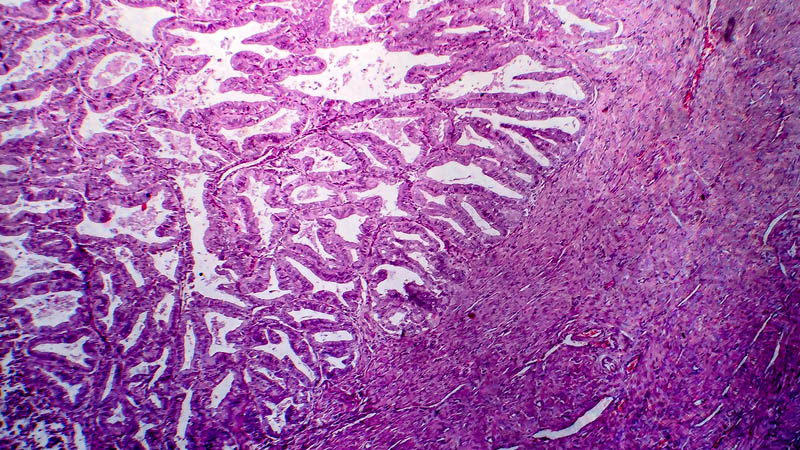Malignant ovarian tumors in adolescents: a single center study
 Affiliacja i adres do korespondencji
Affiliacja i adres do korespondencjiObjectives: To investigate the incidence, clinical manifestations, treatment methods, accuracy of frozen section analyses, histopathological properties, and outcomes of malignant ovarian tumors in adolescents. Materials and methods: Adolescent females <21 years old with malignant ovarian tumors who were treated between January 2000 and December 2016 were reviewed retrospectively. Patient demographics, clinical characteristics, complaints, cancer antigen 125 (CA-125), alpha-fetoprotein (AFP) and stages of malignant ovarian tumors according to the International Federation of Gynecology and Obstetrics, surgical pathological features, treatments and recurrences were evaluated. Results: A total of 964 patients, 22 of which were <21 years of age (2.2%) with primary ovarian tumors, were evaluated. The highest percentage of tumors were germ cell tumors and epithelial tumors (n = 9 and n = 9 both, 45%). Two germ cell tumors and 1 sex cord tumor, but no epithelial tumors, were diagnosed in patients <17 years of age. Eight of 9 epithelial tumors were borderline ovarian tumors, a well-differentiated serous cystadenocarcinoma was detected in 1 patient. The median follow-up period was 103.4 ± 40.06 months. Conclusions: In contrast to previous reports, this study shows no difference in the occurrence of germ cell and epithelial tumors in patients <21 years of age when compared with adult patients. Fertility-sparing surgery with or without chemotherapy had favorable outcomes.









